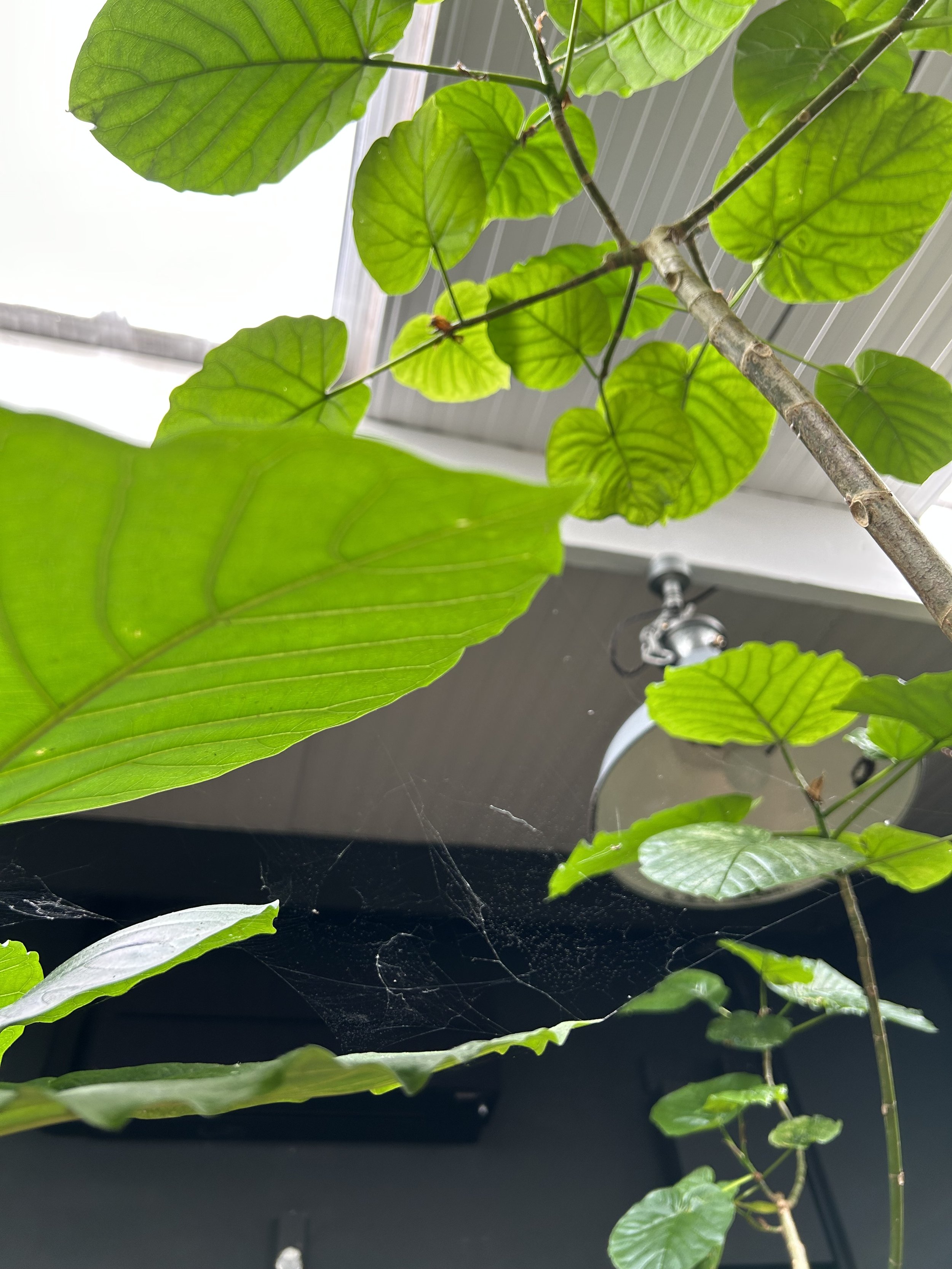Autumn Care Guide
As summer comes to a close, plants begin to prepare themselves for the colder months ahead. As a plant parent, it's essential to help your green friends transition indoors to survive the fall and winter months. Here are some tips on how to transition your plants successfully into autumn while keeping them healthy and happy.
1. Bring Plants Inside
If you moved your house plants outdoors to enjoy the warmer summer weather, now it is time to bring them back in as the temperature starts to drop. Before they come indoors, give your plants a quick scan and make sure you’ve given them a good rinse and wipe down. This is in case the leaves have picked up any parcels while outside. Spraying and wiping the leaves with a mild insecticidal soap is always a good shout too.
If you do spot any pests, use our 5 Most Common Pests + Bugs blog post to help you identify and treat appropriately.
2. Increase access to light
As the days get shorter and darker, it’s important to maximise the amount of light your plants get. Check out our plant profiles to see the levels of light your plant needs, and then you may need to move your plants nearer to a window, or a different room altogether.South and West facing windows generally get the most natural light.
If you don’t think a good amount of nautral light hits your space, bringing LED bulbs with a high lumen count into the mix is a good shout.
At the same time, make sure you keep your leaves dust free by wiping them down regularly with a damp cloth. Dust on leaves limits the plants ability to absorb sunlight and photosynthesise.
Want to buy new plants but concerned about the darkness of winter? Check out our Best Plants For Low Light blog post for our recommendations.
3. Reduce Your Watering Schedule
Less light = less growth, so you’ll have to take it down a notch with the watering. Make sure your plant has had time to dry out in between waterings - If this means you are only watering once a month instead of weekly as you might have been doing in the summer, that’s ok.
4. Expect Leaf Loss – This is Normal!
As plants adjust to the autumn weather and changes in its environment, it's normal for some of their leaves to yellow and drop off, so dont panic if this happens. Plants will grow new leaves in the spring.
5. Increase Humidity Levels
When heating goes on indoors, the air becomes a drier, so it’s important to maintain a high level of humidity to stop the leaves of your houseplants from browning and crisping up - particularly those more sensitive plants like calatheas. Increase humidity by grouping plants together, misting regularly, placing plants on a wet pebble tray, or investing insmall humidifier.
Check out our Everything you need to know about: Humidity blog post for more info.
6. Stop feeding
Your plant won’t need feeding during dormant period, as it wont be doing any growing. The roots simply won’t absorb excess fertiliser in the soil which will burn the roots and ultimately damage your plant. You can start up fertilising again in the Spring.






